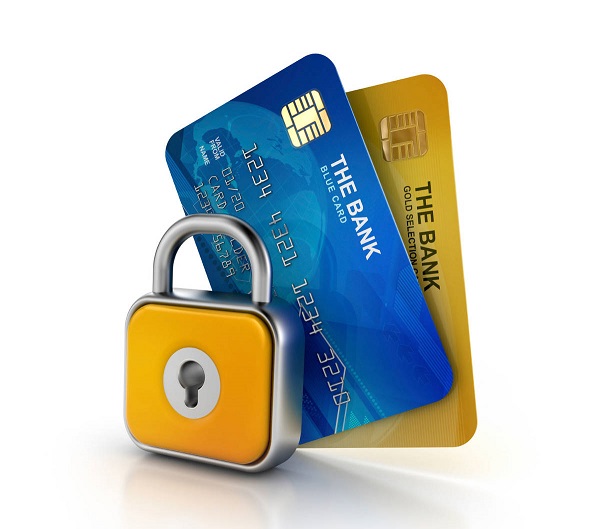Paying employees is one of the most important things that a business does, and there are more ways for employees to receive their pay than ever before. One way is through the use of Paycards. Paycards can give employees who either don’t have or don’t want a traditional bank account a way to have their pay direct deposited. The pay goes to a Card that they can use to make purchases and pay bills.
 While some people have not heard of Paycards, their usage is growing. Consider these statistics*:
While some people have not heard of Paycards, their usage is growing. Consider these statistics*:
- In 2017, the Total Gross Dollar Volume that was loaded to Paycards was $42 billion.
- Gross Dollar Volume projected for 2022 is $60 billion.
- The total active number of Paycards in 2017 was 9 million.
- In 2022, total active Paycards is projected to be 4 million.
* Source: aitegroup.com/report/us-payroll-card-market-overview-state-pay
Those are pretty big numbers for a payroll option that not everyone is aware of. Why is this explosive growth occurring? Most of the Paycard-using population comes from two groups:
- The Underbanked – These are households who may have a traditional bank account but operate mostly on a cash basis.
- The Unbanked – Comprised of households with no traditional bank accounts at all.
You might be surprised to find out that 19.9% of adults are underbanked, and about 1 in 14 families are totally unbanked.* For these families, having an employer provide a Paycard option means that they can get paid electronically, potentially creating new conveniences and efficiencies in their lives.
Paycards aren’t just about providing employees with more options, they can also streamline the payroll process by helping you cut and distribute fewer physical checks. To learn more about Paycards and the benefits to both employees and businesses, click here.
To learn more, click here
* Source: https://www.fdic.gov/householdsurvey/2015/2015report.pdf, Page 1